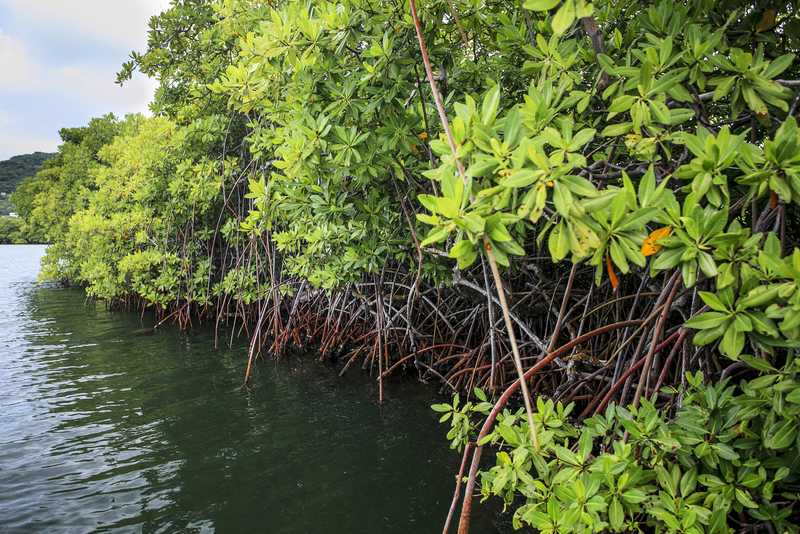
As Nations meet this week in Madrid for the 25th Conference of Parties (COP) to the United Nations Framework Convention on Climate Change (UNFCCC), we advocate for the inclusion of nature, like blue carbon habitats, into countries climate action plans like the Nationally Determined Contributions (NDCs). These NDCs will provide the roadmap for countries to achieve their climate mitigation and adaptation targets.
2nd December 2019
By Stefanie Simpson, Coastal Wetlands Program Manager, Global Oceans, The Nature Conservancy
As Nations meet this week in Madrid for the 25th Conference of Parties (COP) to the United Nations Framework Convention on Climate Change (UNFCCC), we advocate for the inclusion of nature, like blue carbon habitats, into countries climate action plans like the Nationally Determined Contributions (NDCs). These NDCs will provide the roadmap for countries to achieve their climate mitigation and adaptation targets.
A TNC led study shows that of the 195 countries in the United Nations, 151 have at least one blue carbon habitat, and 71 countries contain all three: mangroves, marshes and seagrass. Yet only 28 countries included references to blue carbon or coastal wetlands in their NDC, leaving a lot of blue carbon left on the table. The same study showed if half of annual global coastal wetland loss was halted, emissions would be reduced by 0.23 GtCO2/yr – equivalent to offsetting the 2013 emissions of Spain.
Enter TNC’s new Blue Carbon app, part of the Mapping Ocean Wealth Portal. Clicking on the blue carbon icon, users can enter in their country name to see the climate mitigation benefit currently provide by the mangroves in their country. Scrolling down further, you can see the total mangrove restoration and conservation opportunity and how this translates to metric tons of carbon dioxide equivalents (MtCO2e).
As countries meet this week to discuss improving their ambitions to achieve global climate goals, we hope this tool can improve understanding on how to unlock the climate benefits of including blue carbon habitats, like mangroves, into NDC targets for both mitigation and adaptation.
Coastal wetlands provide many benefits, from fisheries habitat to improved water quality and shoreline protection, but they are also excellent at capturing and storing carbon from the atmosphere – a service we refer to as Blue Carbon. Blue carbon habitats include salt marsh, seagrass meadows and mangroves, and can capture and store carbon long-term in the ground at rates up to five times that of tropical rain forest. These habitats are also effective at reducing wave and flood impacts, providing important climate resiliency and adaptation benefits as well.